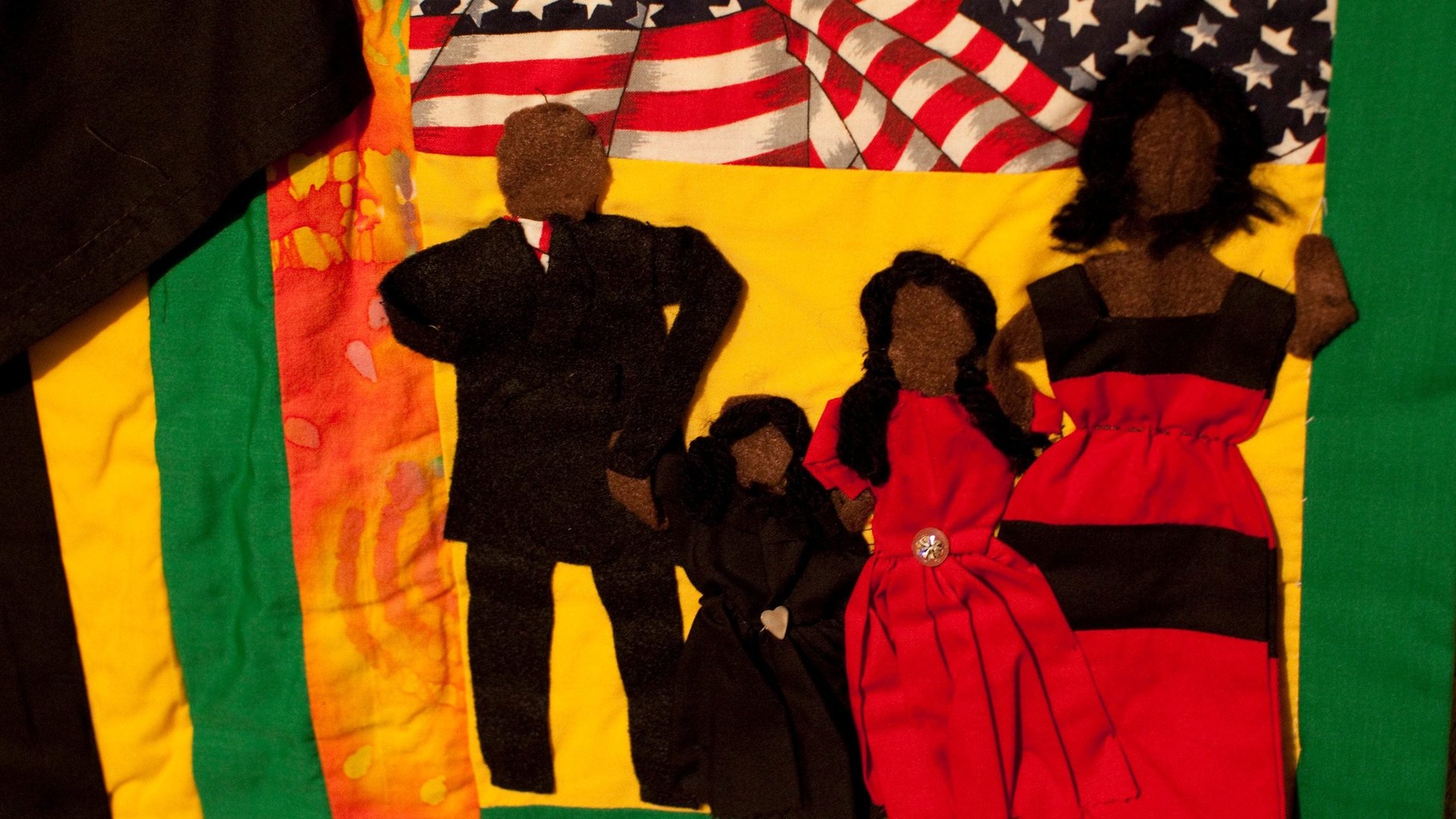The all-American pastime of quilting is being sewn into the trade war
A Quilter’s Oasis, a Mesa, Ariz.-based arts and crafts store started by a former nurse, offers classes for beginners and the advanced, and all the fabrics you might need for your special project. In Sunnyvale, California, the Granary Quilt Shop offers classes and supplies for making “cottontail cottage” and “stars and baskets” pieces.


A Quilter’s Oasis, a Mesa, Ariz.-based arts and crafts store started by a former nurse, offers classes for beginners and the advanced, and all the fabrics you might need for your special project. In Sunnyvale, California, the Granary Quilt Shop offers classes and supplies for making “cottontail cottage” and “stars and baskets” pieces.
Now these quintessentially American businesses say they are at risk, thanks to the ever-expanding list of tariffs the US is considering imposing on China.
The Office of the US Trade Representative has received close to 40 submissions, many of them from quilting shops run by women in rural parts of the country, seeking to get relief on products on the list of $200 billion in imports from China that could face 25% in new tariffs. The office is hearing this week and next week in Washington from people and businesses that stand to be affected.
Tariffs are meant to reduce the US deficit with China and also prevent forced technology transfer. Getting to $200 billion involves including goods that don’t appear to have immediate high-tech use but could have a real impact on the viability of smaller businesses, many of them located in rural areas or in states likely to have voted for Donald Trump in 2016.
“Being a small independent retailer is very rewarding personally, but also presents a daily challenge to be profitable,” wrote Audrey Vallen on Aug. 19, describing herself as the owner of the Granary Quilt Shop. She is seeking the removal of plain cotton fabrics from the list, which appear under the codes 5208.52.30, 5208.52.40, and 5208.52.50. “A tariff on these fabrics would seriously raise the wholesale price of fabric I buy. My profits margins are slim as it is…I’d need to re-evaluate if I could stay in business.”
Her plea was echoed by Jessica Radiske, a former jail administrator who in 2012 founded Red-Roxy Quilting in Decorah, Iowa with her daughter: “We are a full service quilt shop that’s number one priority is providing high quality quilting cotton to our consumers to create quilts, wall hangings, bags and all sorts of different projects. Also being in a rural, agriculture community I feel that our local consumer would not be able to justify to pay for this increase in costs that I would need to pass on to the consumer.”
A shopkeeper in Garnett, Kansas noted that the quilting economy suffered after cotton prices rose a few years ago. “I operate a quilt shop in a small rural community in Kansas. Increased tariffs will cause our products prices to increase again and many people have stopped buying as much fabric as they did in the past because prices raised a few years ago due to cotton price increases that never went down,” wrote Mary Kunard.
Proprietors also wrote in from Kentucky, Missouri, Wyoming, and other states.
Quilters’ contribution to the economy isn’t insignificant. One study sponsored by Pennsylvania’s The Quilting Company put the number of quilters at 7 million to 10 million in 2017. They are estimated to have spent a total of $3.7 billion on fabric, thread, books, and classes, slightly down since 2014. The dedicated quilter or quilting shop owner is likely to be an older woman—for some women it’s a way to segue into a second career or a fallback option upon losing a job. There’s also a growing cadre of younger hobbyists, drawn to the pursuit via internet craft sites, who don’t spend as much time quilting.